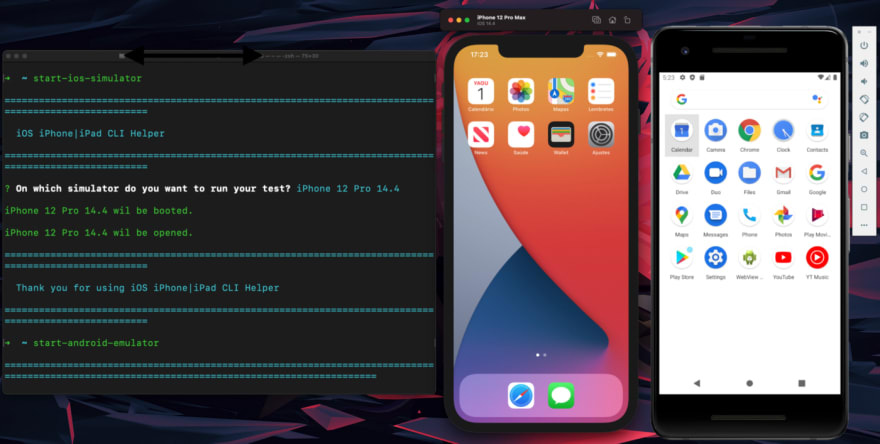
There are many more adb commands you can use.

# sqlite3 data/data//databases/MyDatabase.db (Here’s a little more information about using the Android adb uninstall command.)įinally, use this adb command to start SQLite, giving it the name of your database: This command lets you uninstall an Android application, where the argument given to the uninstall command is the root package name of the app: Kill-server kill the server (if it's running)
#Setup android emulator mac command line apk#
Here's a brief list of frequently used commands:Īdb pull copy a file or directory from the emulator or deviceĪdb push copy a file or directory to the emulator or deviceĪdb install Foo.apk install the APK file/appĪdb install -r Foo.apk update the already installed appĪdb uninstall uninstall the app given by pkg You can find a complete list of adb commands here on the Android developer website. When you start the adb shell, you'll see a very simple prompt that looks like this:Īt the adb shell prompt you can enter a variety of commands to interact with your Android emulator or device.


You have an Android emulator (or physical device) running.You start the Android command line with the adb shell command: Android FAQ: How do I start the Android command line tool (so I can interact with my Android emulator or device)?


 0 kommentar(er)
0 kommentar(er)
